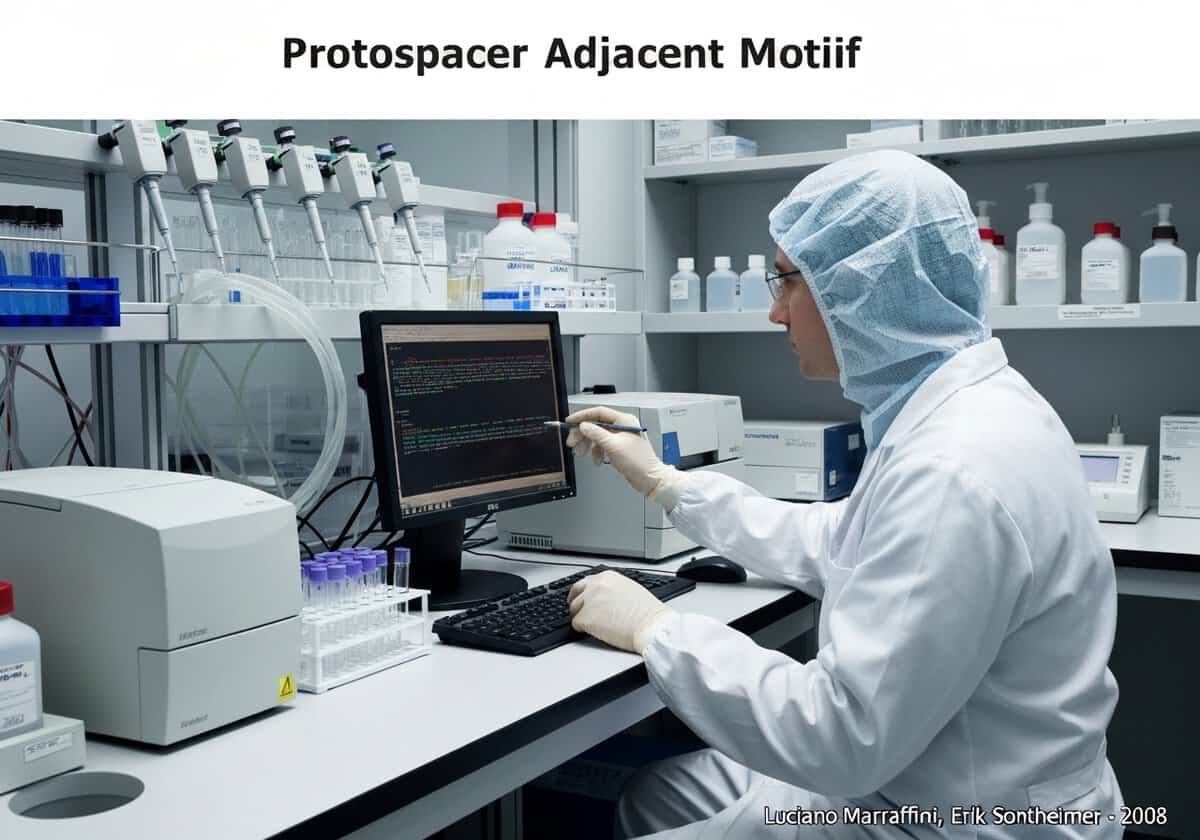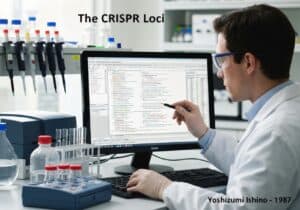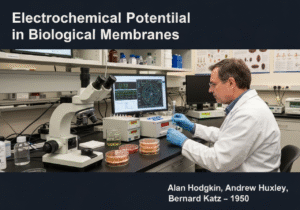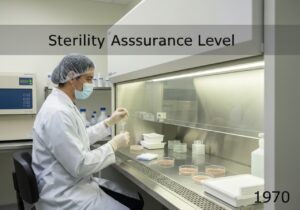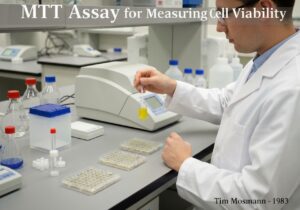The Protospacer Adjacent Motif (PAM) is a short, specific DNA sequence, typically 2-6 base pairs long, that is required for a Cas nuclease to bind and cleave a target DNA sequence. It is located immediately downstream of the target site (protospacer) in the invading DNA. The PAM is not present in the host’s own CRISPR locus, which serves as a critical self-versus-non-self recognition mechanism, preventing autoimmune destruction.

